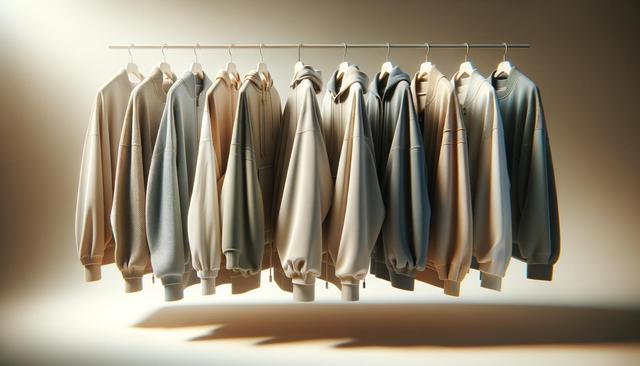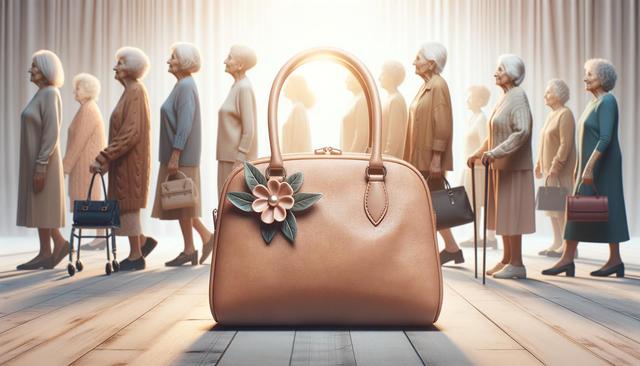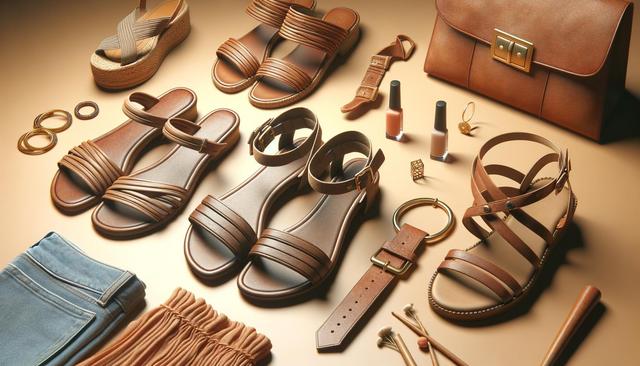Understanding Spring 2025 Jacket Trends
As fashion continues to evolve, spring jackets for 2025 are reflecting a blend of past influences and forward-thinking design. Expect to see a mix of lightweight materials, sustainable fabrics, and versatile silhouettes dominating the shelves. Designers are leaning into functionality without compromising on style, offering jackets that can transition from casual to semi-formal looks with ease. Key styles expected to gain popularity include cropped bombers, oversized utility jackets, and belted trench coats. Earthy tones like sand, olive, and clay, along with pastel shades, are prominent in many collections, echoing seasonal themes of renewal and nature.
For those who prioritize wardrobe longevity, minimalist designs with clean lines are among the top choices. Meanwhile, fashion-forward consumers can explore jackets with asymmetrical zippers, layered textures, and tech-inspired details like reflective trims or hidden pockets. These features not only elevate the visual appeal but also enhance practicality for daily wear.
Price Range Expectations for Different Categories
Spring jacket prices in 2025 vary widely depending on material, construction, and brand positioning. General pricing trends are influenced by increased demand for sustainable practices and inflation in raw material costs. Here’s a breakdown of what to expect:
- Entry-level jackets (synthetic blends, mass production): $50–$100
- Mid-range options (cotton, light denim, or partially sustainable materials): $100–$250
- Premium jackets (organic materials, designer labels, or artisanal craftsmanship): $250–$600+
Consumers should also note that limited-edition collaborations or regionally sourced items may command higher prices due to their exclusivity and production ethics. While price is often an indicator of quality, it’s essential to evaluate the garment’s stitching, functionality, and care instructions before making a purchase.
Materials and Sustainability Driving Market Shifts
Sustainability continues to be a significant driver in fashion, and spring jackets are no exception. Many brands are adopting eco-conscious materials and practices to align with consumer values. Popular materials for 2025 include:
- Recycled polyester blends
- Organic cotton
- Lyocell and bamboo fiber
- Vegan leather substitutes
These materials not only reduce environmental impact but also offer comfort and breathability—ideal for spring weather. Shoppers interested in sustainability should look for certifications such as GOTS (Global Organic Textile Standard) or OEKO-TEX, which ensure ethical production standards.
Moreover, circular fashion models are gaining traction, with some companies offering take-back programs or jackets designed for easy recycling. This shift reflects a broader industry trend towards transparency and long-term value.
Where to Shop and What to Consider
Finding a spring jacket that suits your style and budget involves exploring a variety of retail channels. In 2025, consumers can choose from:
- Online marketplaces with curated collections
- Independent boutiques showcasing local designers
- Department stores with seasonal discounts
- Secondhand or vintage platforms for unique pieces
When shopping, consider the following factors:
- Fit and layering potential
- Climate compatibility (breathability, water resistance)
- Ease of maintenance
- Return and warranty policies
Trying on jackets in-person can help assess comfort and mobility, especially if you plan to wear them for commuting or travel. Online reviews and sizing guides are also useful resources when purchasing remotely.
Trends to Watch: Style, Function, and Technology
Technology and lifestyle shifts are influencing jacket features more than ever. Smart textiles and adaptive materials are making their way into mainstream collections, offering benefits like temperature regulation and weather responsiveness. Though still emerging, these innovations hint at a future where outerwear becomes increasingly intelligent.
Style-wise, gender-neutral designs and modular components (such as removable sleeves or adjustable hems) are gaining popularity. These elements cater to a broader audience and support personalization, a growing demand among younger shoppers. Additionally, the influence of streetwear continues, with graphic prints and bold color blocking making statements in urban settings.
Functionality remains central, with hidden compartments, packable formats, and convertible styles (e.g., jackets turning into vests or bags) offering convenience without sacrificing aesthetics. As these features become more accessible, they’re likely to become standard expectations in the coming years.


